Triage processes keep truck maintenance on the move
Military medicine introduced the world to the idea of triage. The process of sorting the wounded — and identifying those needing urgent care – actually dates back to the days of Napoleon, long before M*A*S*H brought a Mobile Army Surgical Hospital to television.
But as the triage process makes its way into the service bay, truck dealerships are increasingly pushing the quickest and easiest repairs to the front of the line.
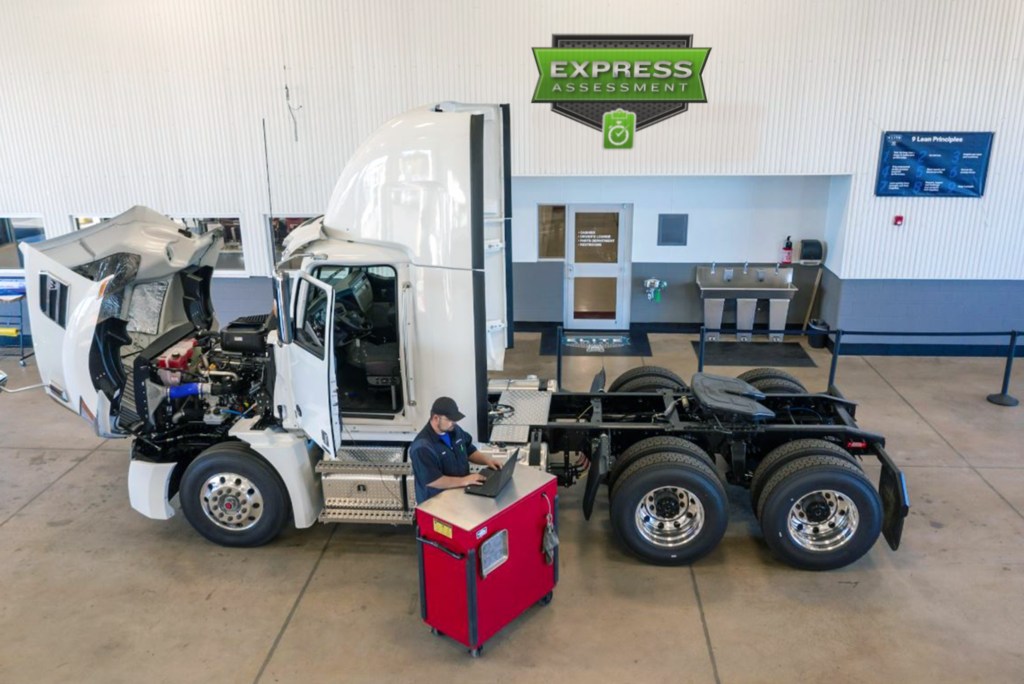
It’s a dramatic shift away from a traditional first-in-first-out (FIFO) shop management philosophy, and it’s making a big difference in repair times and throughput alike.
Daimler Trucks North America, for example, reports a 20% boost in throughput thanks to the Elite Support program and its express assessments. Diamond Edge International Truck dealerships have seen typical customer wait times drop as much as 25% thanks to their program.
The goal is to eliminate a traditional source of bottlenecks. With a first-in-first-out approach, trucks with relatively simple challenges like a damaged sensor, blown fuse, or ruptured hose might be left to languish in a yard while a technician troubleshoots a complex electrical failure on another piece of equipment. Everyone waits their turn. No matter what.
Volvo’s Westfall O’Dell Truck Sales typically has 50 pieces of equipment waiting for service at any given time. Before introducing one of the OEM’s Uptime Bays, the facility would often have 100 units waiting in the queue.
“When you have 100 trucks waiting, it becomes a zoo and just a juggling act,” says Chad Clancy, service manager at the Volvo dealership. “All you do at that point is play firefighter and put out fires all day long.”
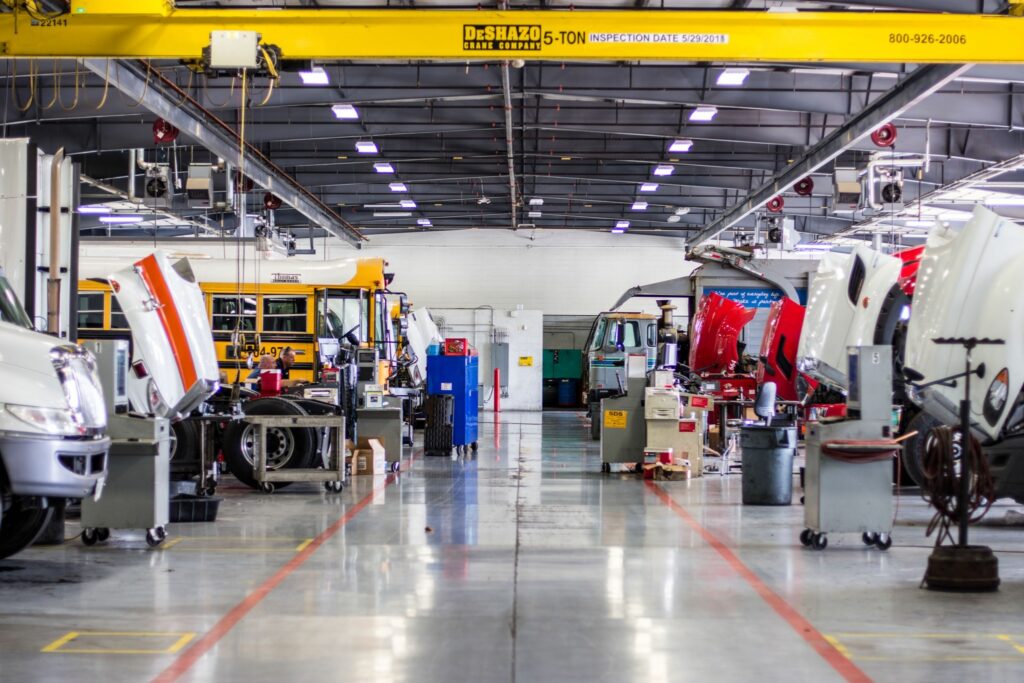
Shop procedures and layouts
The approach could be applied to shops of every kind, but success hinges on formal procedures and related service bay layouts. It also depends on a clear line of communication with truck owners who might even be asked to preapprove repairs up to a specific value.
“Triage is about finding the problem and communicating the issue to the customer within two hours,” says Magnus Gustafson, vice-president – aftermarket quality and operations, with Volvo Trucks North America. “Usually, the truck is then pulled out of triage as quickly as possible to make room for the next truck to pull in.”
If the identified repairs won’t take much time, the truck is moved to a dedicated Uptime Bay for repair. “With approximately 65-70% of the work being short jobs, this gets the volume through faster and drives efficiency for the advanced jobs,” he says.
But the planning also involves looking beyond the immediate task to consider other maintenance needs on the horizon. One quick trip through the service bay won’t seem like much of a benefit if the truck is called back a short while later to address a preventive maintenance procedure or address an outstanding warranty campaign.
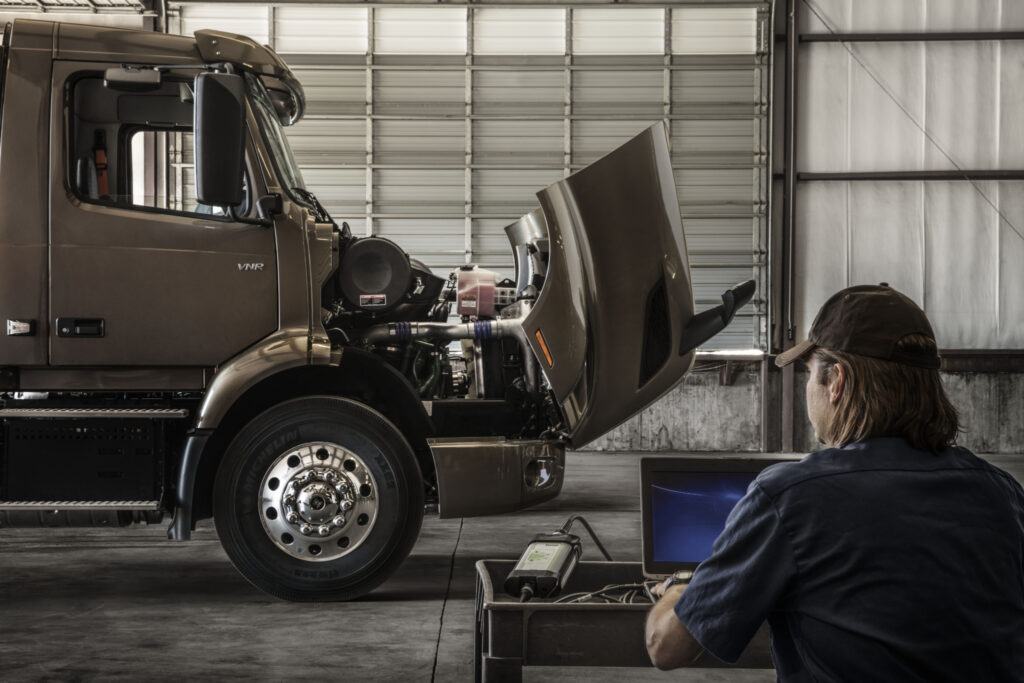
A full maintenance picture
The full picture only emerges once related information is pulled together through a shop management system.
“I want all my drivers and customers to make informed decisions, and they can only make informed decisions when they know why their trucks are in there,” explains Daoud Chaaya, field service director at Daimler Trucks North America. “We’ve all been recipients of bits and pieces of news, and we know why we don’t appreciate that.”
Express write-up systems help to gather the information as diverse as the most immediate repair, campaigns, recalls, and warranty details.
“We’re trying to get the customer to have all the data at their fingerprints,” Chaaya says.
The more data can be shared between systems, the better. Daimler’s Tech Lane system, for example, gives techs access to parts inventories as well as warranty information, to keep people in the bays with tools in hand.
Any approved work scheduled to take four hours of labor or less is repaired then and there, he adds, noting how this accounts for 65-70% of the trucks that arrive.
Much of the required information can increasingly be gathered before the truck even arrives at the dealership.
“A service advisor can do a lot of triaging – even in advance of going into the accelerated service lane,” agrees Cory Just, International Trucks’ director – field service.
Telematics data and vehicle health reports combine with related fault code action plans. Details about the individual truck are cross-referenced with an “uptime playbook” and data regarding parts inventories.
“That’s when that really clicks nicely – when they have the part on the shelf,” Just says, referring to the process.
“One of the keys to this is our code read,” Gustafson says. “This will electronically bring back health information from the truck along with current diagnostic codes. This can help the service advisor ask the right questions in combination with driver-observed systems.”
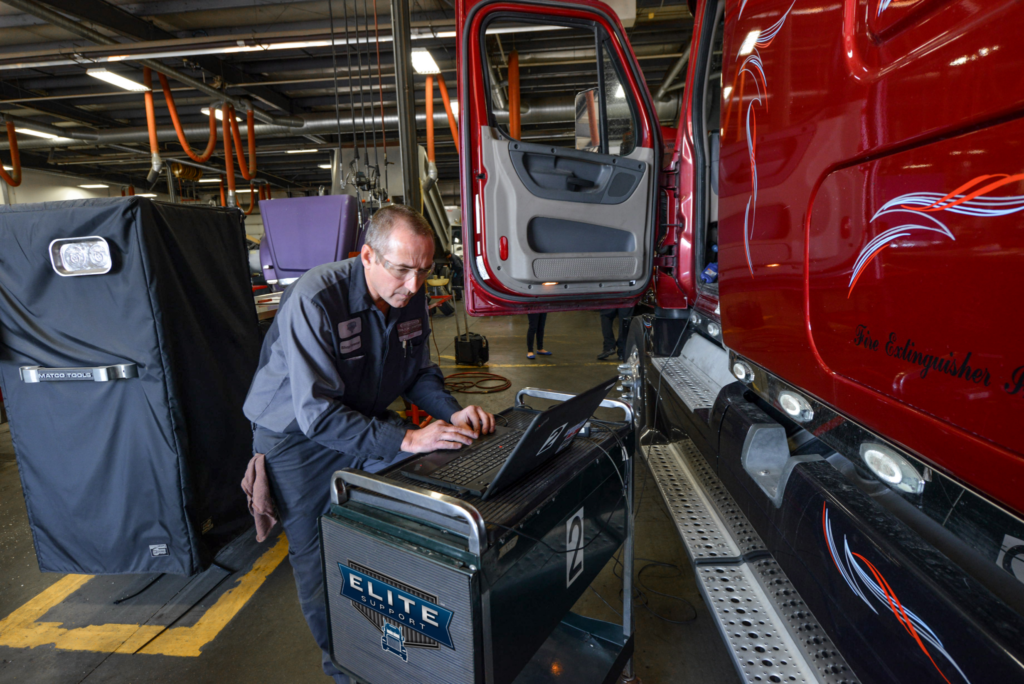
Focused repairs
The combined information also helps to steer repairs to the right location and the best person for the job.
“The key behind the accelerated service lane is only putting repairs in there that should go in that lane,” Just says as an example. Work that takes longer than expected would simply create the bottlenecks that a triage process is designed to eliminate.
But that lane also has some unique needs of its own. Rather than treating it like a bay, Just describes it as a shop in its own right. “They can’t be sharing diagnostic tools with the rest of the shop because they’re all about speed,” he explains. “The process works within the facility.”
Even the layout of parking areas outside can make a difference. Some dealerships dedicate specific parking spots for accelerated lanes, says Adam Krey, senior technical training manager at International. Maybe there’s a porter to greet the driver, before someone mistakenly parks at the back of a lot.
“That’s all time that’s wasted,” Krey says, referring to any misdirected equipment.
One of the secrets to tackling those issues is to focus on the “breadcrumbs” that equipment leaves behind as it travels through a typical service process, he says. How many times is it repositioned? How long does it sit unattended? The right balance puts a truck back on the road as soon as possible, without causing unnecessary delays elsewhere in the shop.
Once the procedures are established, success will also hinge on a commitment to the plan. It’s easy to default to old processes when the thermometer drops to -20 and tow trucks drop off 20 trucks, Just says.
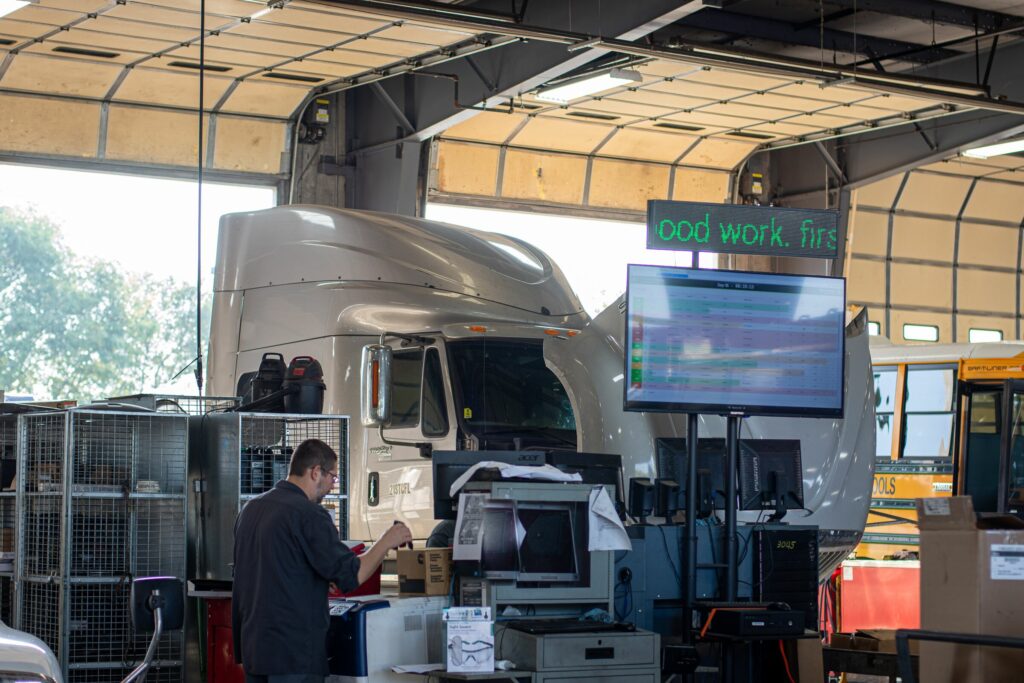
Who does the work?
As skilled as the role of any technician will be, the express assessments at the foundation of a triage process require a special skillset. But there is a difference of opinion around the level of expertise that’s required.
Daimler recommends using a shop’s best technicians for the task. “These are folks that can make decisions. These are folks that can accurately diagnose,” Chaaya explains. “These guys are definitely empowered … they have to be able to make decisions on the fly.”
He likens the individual to a quarterback on a football team. When there’s a decision to be made, the quarterback also needs to be able to call an audible.
“The environment that they’re in is fast-paced, stressful, and things are changing minute by minute.”
“Here at our dealership, we recommend a master technician is the one in the uptime bay to ensure the truck is properly diagnosed up front, saving as much time as possible,” says Westfall O’Dell Truck Sales’ Clancy. “The biggest investment we have is our employees trusting the process and making it work. Other than that, having the proper staff in place to support the process is a must.”
Just sees a problem with the approach, though.
“Dealers have learned, probably the hard way. The initial reaction is, ‘I’m going to get the smartest person,’” he says. “That technician becomes frustrated because they have a pride of fixing the vehicle.”
The person needs to be skilled, but in Just’s mind the focus is finding someone who will follow a process as designed.
“You’re looking for more an intermediate to two years or less type of technician,” Krey agrees. “Don’t put your top-performing diagnostic person that will go into the weeds. They’ll fix it, but they’ll also lose time in doing so.”
Where to from here?
No matter how a triage system is designed, it’s meant to evolve. Improved repair procedures and shorter standard repair times can introduce new types of work into the expedited process. Refined parts inventories help to show individual shops if they’re truly ready for the work at a given moment in time.
Then there’s the data. The stream of information continues to increase from telematics devices of every sort. OEMs continue to harness the details with the help of machine learning and Big Data to shift from preventive maintenance to predictive maintenance.
Says Chaaya: “There’s no shortage of data these days.”
Have your say
This is a moderated forum. Comments will no longer be published unless they are accompanied by a first and last name and a verifiable email address. (Today's Trucking will not publish or share the email address.) Profane language and content deemed to be libelous, racist, or threatening in nature will not be published under any circumstances.